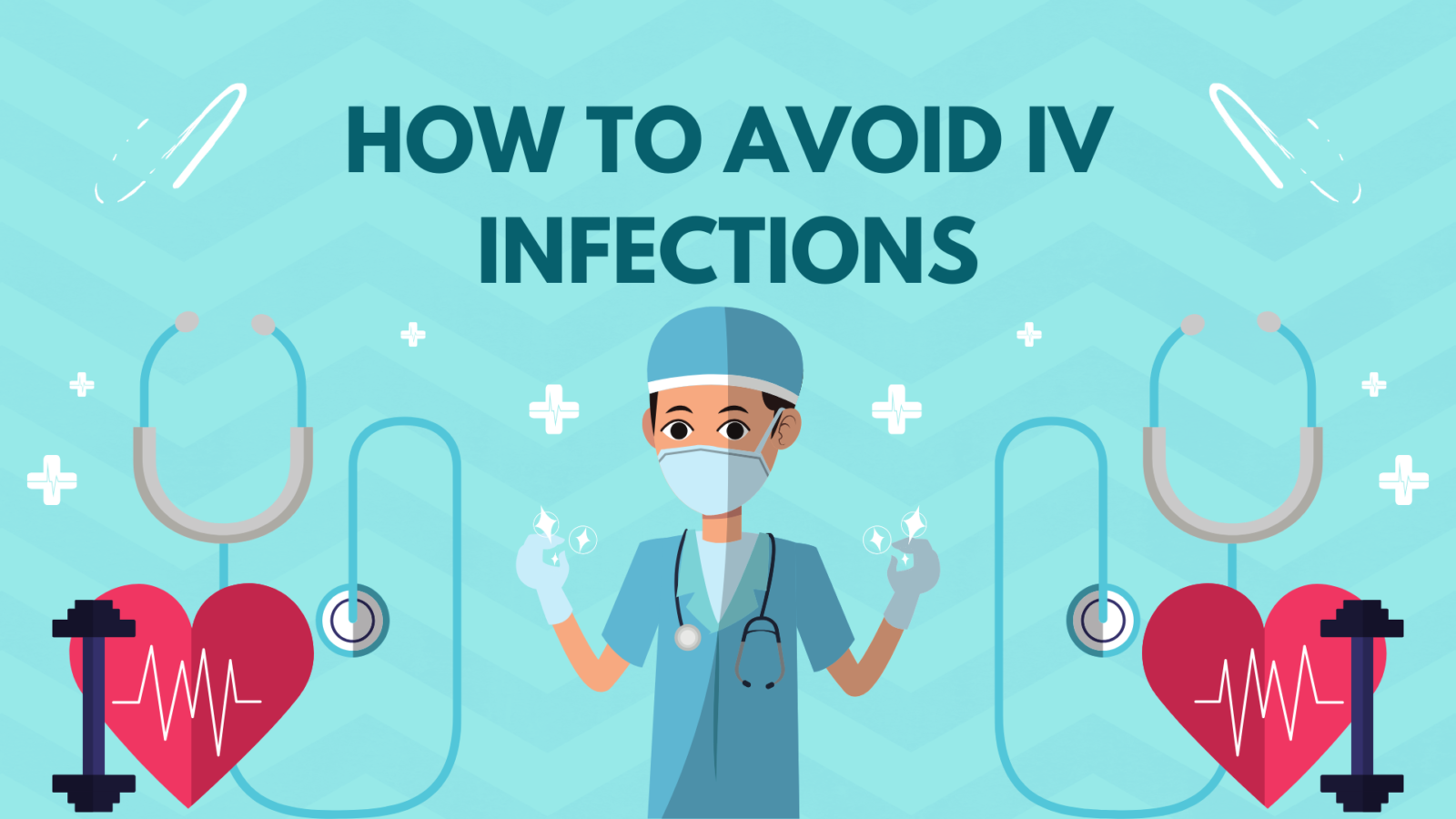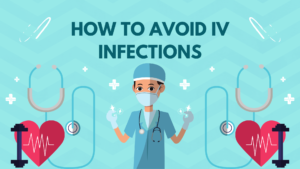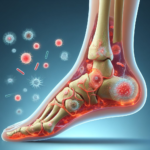How to Prevent IV Infections


How to Avoid IV Infections
- Wash your hands with soap and water before and after touching the IV site or equipment.
- Keep the IV site clean and dry. Change the dressing as instructed by your health care provider.
- Check the IV site every day for signs of infection, such as redness, swelling, pain, or pus.
- Follow the instructions on how to flush the IV line and change the IV bag and tubing.
- Do not use the IV line for anything other than what your health care provider prescribed.
- Do not touch or adjust the IV needle or clamp. If the needle comes out or the line gets tangled, call your health care provider right away.
- Do not share your IV equipment with anyone else.
- Report any fever, chills, or other symptoms of infection to your health care provider as soon as possible.
More Ways to Avoid IV Infection
Intravenous (IV) therapy is a common medical procedure that involves inserting a needle or catheter into a vein to deliver fluids, medications, blood products, or nutrition.
IV therapy can be lifesaving, but it also carries some risks, such as infection. IV infection can occur when bacteria or other microorganisms enter the bloodstream through the IV site or the tubing. IV infection can cause serious complications, such as sepsis, organ failure, or death.
Therefore, it is important to prevent IV infection by following some simple steps;
– Choose a qualified and experienced health care provider. Make sure that the person who inserts or changes your IV is trained and certified in IV therapy. Ask them about their infection control practices and how they prevent contamination of the IV equipment.
– Check the IV site regularly. Look for signs of inflammation, such as redness, swelling, pain, warmth, or pus. If you notice any of these symptoms, alert your health care provider immediately. They may need to remove or replace your IV or prescribe antibiotics.
– Keep the IV site clean and dry. Do not touch or scratch the IV site or the dressing. Avoid getting the IV site wet or dirty. If the dressing becomes loose, wet, or soiled, ask your health care provider to change it as soon as possible.
– Follow the instructions for IV care at home. If you have a home IV, make sure you understand how to use and maintain it properly. Follow the instructions for flushing, changing, or disconnecting the IV tubing and bag. Use sterile technique and wash your hands before and after handling the IV equipment. Store the IV supplies in a clean and dry place away from children and pets.
– Report any problems or concerns to your health care provider. If you experience any side effects from the IV medication, such as fever, chills, rash, nausea, vomiting, or difficulty breathing, call your health care provider right away. They may need to adjust your dosage or switch to a different medication. Also, let them know if you have any questions or worries about your IV therapy. They can provide you with more information and support.
IV therapy can be beneficial for many conditions, but it also requires careful attention and care. By following these tips, you can reduce your risk of IV infection and enjoy a safe and effective treatment.
Related Articles
Fun Ways to Tackle Exam Anxiety in Nursing School
Hey there, future nurses! 🎉 You’ve worked so hard to get here,...
By Roberta DivaApril 15, 2025Juggling Nursing School and Parenting: Tips for Managing Stress with a Smile
Hey there, future nurses! 🎉 First off, a huge high-five for chasing...
By Roberta DivaApril 15, 2025Study Guide for Hesi A2 Anatomy & Physiology with Flashcards
Hello! Are you ready to elevate your nursing career? The HESI A2...
By Roberta DivaMarch 23, 2025How to do a Proper Hand Washing
Get ready to scrub away germs and keep your hands clean! Proper...
By Roberta DivaMarch 26, 2024







Leave a comment